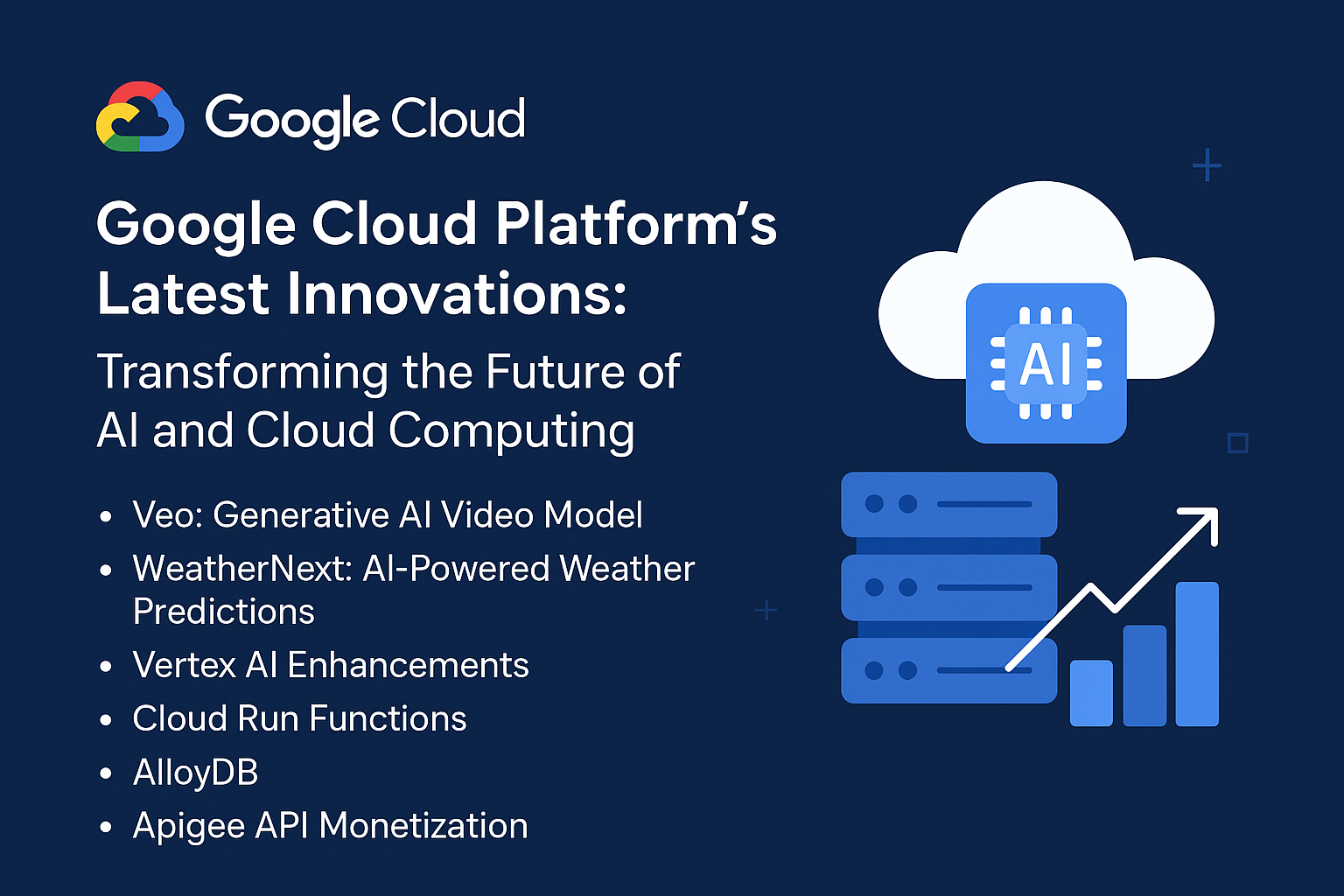Table of Contents
- Introduction to Supply Chain Optimization
- Overview of Supply Chain Optimization
- The Role of AI in Modern Supply Chains
- Key AI Technologies in Supply Chain Optimization
- Machine Learning (ML)
- Natural Language Processing (NLP)
- Robotics Process Automation (RPA)
- Predictive Analytics
- Applications of AI in Supply Chain Optimization
- Demand Forecasting
- Inventory Management
- Route Optimization
- Supplier Relationship Management
- Challenges in Implementing AI in Supply Chains
- Data Quality and Integration
- Scalability
- Cost of Implementation
- Steps to Implement AI in Supply Chain
- Data Collection and Preprocessing
- Model Development
- AI Deployment and Monitoring
- Real-world Examples of AI in Supply Chain Optimization
- Case Studies from Leading Companies
- AI-Driven Supply Chain Startups
- The Future of AI in Supply Chain
- AI and Autonomous Supply Chains
- The Impact of 5G and IoT
- Ethical Considerations
- Conclusion
1. Introduction to Supply Chain Optimization
- Overview of Supply Chain Optimization
Supply chain optimization refers to improving the efficiency of the supply chain processes, reducing costs, enhancing delivery times, and ensuring customer satisfaction.
Resource: Supply Chain Optimization Overview – MIT - The Role of AI in Modern Supply Chains
Artificial Intelligence (AI) helps streamline decision-making, forecast demand, optimize routes, and automate repetitive tasks, making supply chains more responsive and adaptable.
Resource: AI in Supply Chain – Harvard Business Review
2. Key AI Technologies in Supply Chain Optimization
- Machine Learning (ML)
Machine learning algorithms predict demand patterns, analyze customer behavior, and optimize inventory levels by learning from historical data.
Resource: Introduction to Machine Learning – IBM - Natural Language Processing (NLP)
NLP can process unstructured data such as emails, reports, and social media to enhance demand forecasting, customer sentiment analysis, and supplier evaluations.
Resource: NLP in Supply Chain – ResearchGate - Robotics Process Automation (RPA)
RPA automates routine tasks such as order processing, invoicing, and supplier communication, improving operational efficiency.
Resource: RPA in Supply Chain – Gartner - Predictive Analytics
AI-driven predictive analytics help businesses anticipate disruptions, demand fluctuations, and inventory needs to enhance overall supply chain efficiency.
Resource: Predictive Analytics in Supply Chain – McKinsey
3. Applications of AI in Supply Chain Optimization
- Demand Forecasting
AI improves forecasting accuracy by analyzing historical sales data, weather patterns, and social trends, leading to better demand prediction.
Resource: AI in Demand Forecasting – Supply Chain Digital - Inventory Management
AI optimizes inventory levels by predicting the right stock quantity needed at various locations, reducing waste and ensuring product availability.
Resource: AI in Inventory Management – Forbes - Route Optimization
AI helps determine the most efficient delivery routes, reducing transportation costs and improving delivery time through real-time data analysis.
Resource: AI in Logistics & Route Optimization – Transport Topics - Supplier Relationship Management
AI tools help analyze and manage supplier performance, predict risks, and identify opportunities for better collaboration and cost savings.
Resource: AI in Supplier Management – Deloitte
4. Challenges in Implementing AI in Supply Chains
- Data Quality and Integration
Supply chains often involve data from multiple systems, requiring integration and high-quality data for AI to be effective.
Resource: Data Challenges in Supply Chains – McKinsey - Scalability
Scaling AI applications in large supply chains requires significant infrastructure, resources, and continuous updates to models.
Resource: Scaling AI in Supply Chain – PwC - Cost of Implementation
The initial investment in AI technology, talent, and training can be high, presenting a challenge for smaller companies to implement AI effectively.
Resource: Cost Considerations in AI Adoption – MIT Sloan
5. Steps to Implement AI in Supply Chain
- Data Collection and Preprocessing
Gathering high-quality data from different stages of the supply chain and preparing it for analysis is the first step in AI implementation.
Resource: Data Preprocessing for AI – Towards Data Science - Model Development
Once the data is ready, machine learning models are developed to solve specific problems such as demand forecasting or route optimization.
Resource: Building AI Models – Coursera - AI Deployment and Monitoring
After model development, deployment in the real-world supply chain environment is critical, with ongoing monitoring to ensure optimal performance.
Resource: AI Model Deployment – AWS
6. Real-world Examples of AI in Supply Chain Optimization
- Case Studies from Leading Companies
Major companies like Amazon and Walmart use AI to automate warehousing, improve delivery times, and optimize inventory.
Resource: AI Supply Chain Case Studies – Business Insider - AI-Driven Supply Chain Startups
Companies like Llamasoft and Elementum are leveraging AI to transform supply chain management, offering cloud-based platforms for optimization.
Resource: AI in Supply Chain Startups – TechCrunch
7. The Future of AI in Supply Chain
- AI and Autonomous Supply Chains
The future of supply chains lies in automation, where AI not only optimizes but autonomously manages processes without human intervention.
Resource: Autonomous Supply Chain – Supply Chain Quarterly - The Impact of 5G and IoT
With 5G and IoT, supply chains will become more interconnected, enabling real-time data transfer for AI to make faster, better-informed decisions.
Resource: 5G and IoT in Supply Chain – Deloitte - Ethical Considerations
As AI becomes integral to supply chains, companies must address ethical concerns such as data privacy, algorithmic bias, and the workforce impact.
Resource: Ethical AI in Supply Chains – MIT Technology Review
8. Conclusion
AI is reshaping supply chains by enhancing efficiency, reducing costs, and driving innovation. As organizations adopt AI, they must navigate challenges like data quality, scalability, and cost while leveraging AI technologies for maximum impact.
This framework provides a comprehensive look at the role of AI in optimizing supply chains and guides you through understanding its practical applications, challenges, and future possibilities.

